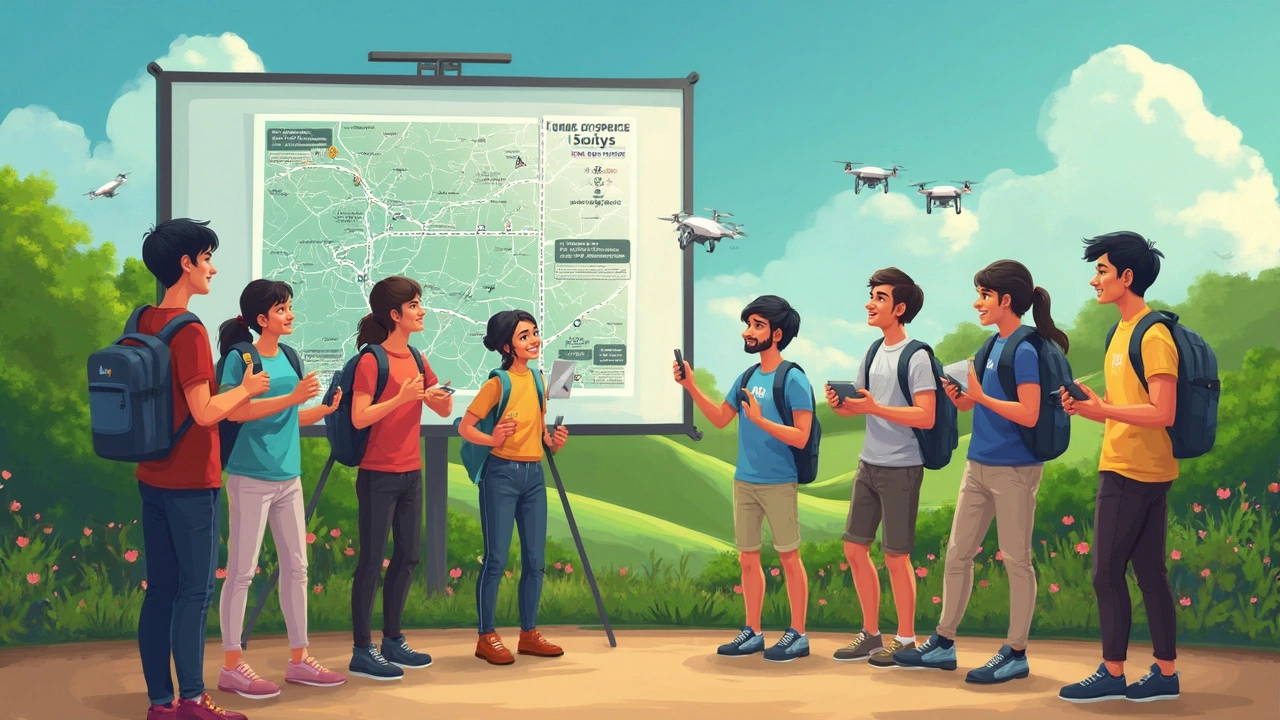Drone Flying USA: What You Need to Know in 2025
If you’ve just bought a drone or want to start shooting aerial footage, the first thing you should do is understand the rules that keep the skies safe. The U.S. government has clear guidelines, and following them means you won’t get a surprise ticket or have your drone grounded.
Key Regulations to Follow
The Federal Aviation Administration (FAA) is the agency that controls all drone activity. In 2025 there are three main requirements for most hobbyists:
- Registration: Any drone that weighs more than 0.55 pounds (250 grams) must be registered on the FAA website. The registration costs just a few dollars and lasts three years.
- Remote ID: Your drone needs to broadcast its identity and location while in the air. Most newer models have this built‑in. If yours doesn’t, you can add an external broadcast module.
- Operational limits: You must keep the drone below 400 feet, stay within visual line of sight, and avoid flying over people not involved in the operation.
Commercial pilots need a Part 107 certification, which involves a short online test. Once you pass, you can fly for money, fly higher, and operate in more places, but you still must follow the same altitude and line‑of‑sight rules.
Practical Flying Tips
Even with the rules in place, flying a drone can feel tricky at first. Here are some habits that make every flight smoother:
- Pre‑flight checklist: Check battery levels, GPS lock, and firmware updates before you leave the ground. A quick visual inspection of propellers can prevent crashes.
- Pick safe locations: Open fields, parks (where allowed), or designated drone zones are ideal. Avoid airports, heliports, and crowded events unless you have special permission.
- Mind the weather: Wind above 15 mph can make the drone wobble. Rain and high humidity can damage electronics, so wait for a clear day.
- Use smart flight modes: Many drones offer “Follow Me,” “Waypoints,” or “Orbit” modes. These let the drone handle complex moves while you focus on framing the shot.
- Respect privacy: Don’t point the camera at private property without consent. Some states have strict privacy laws that can lead to fines.
When you’re ready to start shooting, set your camera to the appropriate resolution (1080p for casual use, 4K if you need high‑quality video) and use a neutral density filter if you’re filming in bright sunlight. A steady shot often looks better than a flashy maneuver.
Finally, keep learning. The FAA updates its rules regularly, and new technology shows up every few months. Subscribe to the FAA’s drone newsletter or follow trusted drone forums to stay current.
By registering, using Remote ID, staying within the legal limits, and practicing good habits, you’ll enjoy drone flying in the USA without headaches. Get out there, capture amazing angles, and fly safely.
